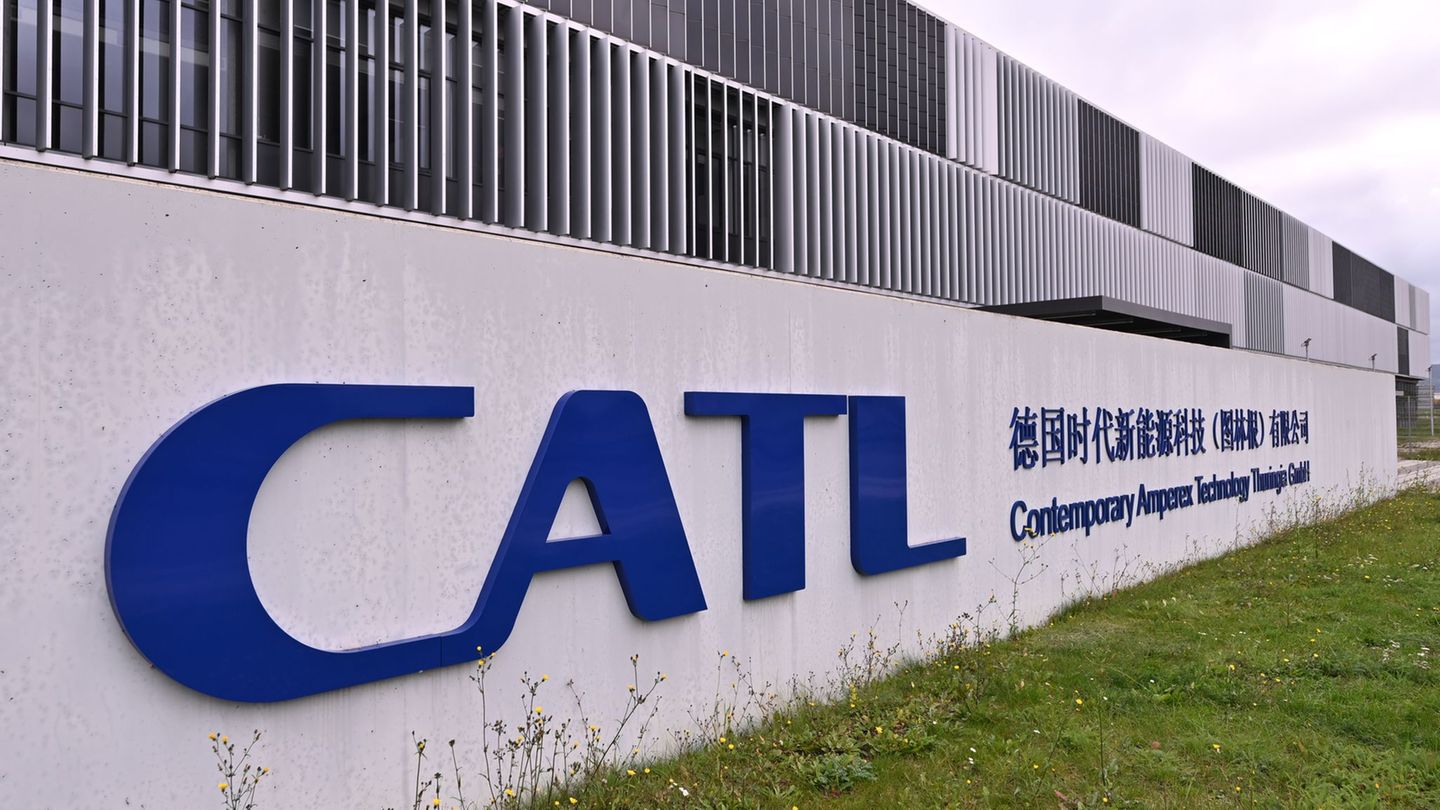The central banks of Latin America They face two major challenges: high inflation and large public debts that limit the countries’ already slow growth. This was explained by the Brazilian economist Alexandre Tombini during his conference organized by the Central Bank of Uruguay (BCU).
The BCU held the conference on Friday “Inflation targeting as a monetary policy regime: evidence and challenges”to continue working and deepening the function of monetary policy as a tool for the control of internal prices, an issue that is central to the political and economic agenda of Uruguay, with the particularities of the pressures of the agro-export sector for a more competitive dollar, on the one hand; and the de-dollarization that the International Monetary Fund (IMF)for the other.
The conference was given by the former president of the Central Bank of Brazil and current Head of Representation of the Bank for International Settlements (BIS) in the Americas, Alexandre Tombini; who pointed out two “considerable” challenges for Latin American central banks: in the short term, the high inflation that it can become persistent; and in the medium and long term, the public debts tall and low growth.
However, he also pointed out that the monetary authorities are also prepared to face these challenges, thanks to the commitment to reduce inflation and the flexible and robust monetary policy frameworks.
The challenges in monetary policy for Latin America
In general, in the region inflation has shown a decline since the middle and end of 2022which also has a correlation worldwide, with the effects of the Covid-19 pandemic already being almost overcome, and with the consequences of the war between Russia and Ukraine already having been relatively controlled. This is also the case in Uruguay, whose inflation rate is lower than the Latin American average and has shown a more persistent decline.
However, Tombini pointed out that core inflation remains high. The increase in the prices of raw materials, the disruption of supply chains, the imbalances between supply and demand, and the shifts in demand between goods and services explain this “comovement” of inflationary indices.
The problem underlying this situation is the risk that high inflation will remain persistent, with a clear disengagement of expectations from reality which, in turn, will push the application of indexing mechanisms that do not help to control the increase in prices. For this reason, the Brazilian economist emphasized the importance of “reduce inflation now, before high inflation takes hold”.
Added to this challenge is one that is moving on the stage in the medium and long term: the fiscal vulnerabilities and low potential growth of the Latin American countries. In this sense, the graphs represented a situation of public debt at record levels —the average for the region is around 60% of the Gross Domestic Product (GDP), as in the country—in parallel to a high fiscal deficit—although the Uruguayan work on this point was positively recognized by the IMF. This scenario, coupled with low growth, creates a vicious cycle in which debts grow and, at the same time, further reduce already limited growth.
At the same time, Tombini pointed out that fiscal and monetary policies tend to diverge in the region: while the latter took a restrictive nuance, with rate increases that would reduce inflation and deficits, the latter remain expansive. This increases the responsibility of monetary policy while restricting the ability of the central bank to stabilize the economy. The diagnosis is the need for consolidation and greater fiscal efficiency so as not to reduce growth even further.
A scenario not as negative as it seems
The challenges exist and must be faced. However, Tombini acknowledged that central banks are ready for it. Along these lines, he recognized the decision to increase interest rates in Latin America as correct, which is leading to a rapid de-anchoring of inflation expectations, to the point that analysts foresee a convergence to the goals between 2024 and 2025.
This has allowed central banks to maintain their credibility thanks to “a robust and successful monetary policy framework” which, in any case, has not ceased to be flexible in order to adapt to changing circumstances, something also necessary to achieve the objectives. Ultimately, countries that have inflation targets setlike Uruguay, are the ones that are best prepared to face the challenges in the short, medium and long term.
Source: Ambito




